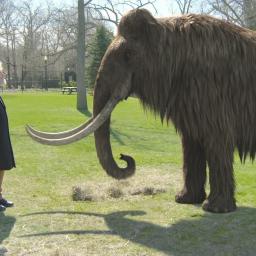Mysterious Secret Russian Satellite May Be A Weapon
As news of the Virgin Galactic crash, Antares explosion and Rosetta exploration filled science pages, another space drama has quietly unfurled. In May, Russia launched a rocket to add several satellites to its existing constellation. In the process, it deployed what was first believed to be a piece of space debris but has now become a matter of great speculation.
Russia did not declare its orbit, and now the U.S. military, space experts and amateur sleuths have been closely tracking its movements, each of which has been deliberate and precise. The unidentified satellite - called Object 2014-28E - recently navigated toward other Russian space objects, its voyage culminating in its recent hookup with the remains of the rocket stage that originally launched it.
There are whispers it could be the return of the 'satellite killer'. The Soviet anti-satellite weaponry program called "Istrebitel Sputnikov" in the 1960s was believed to be permanently retired by the Soviet Union's collapse.
Russia did not declare its orbit, and now the U.S. military, space experts and amateur sleuths have been closely tracking its movements, each of which has been deliberate and precise. The unidentified satellite - called Object 2014-28E - recently navigated toward other Russian space objects, its voyage culminating in its recent hookup with the remains of the rocket stage that originally launched it.
There are whispers it could be the return of the 'satellite killer'. The Soviet anti-satellite weaponry program called "Istrebitel Sputnikov" in the 1960s was believed to be permanently retired by the Soviet Union's collapse.
